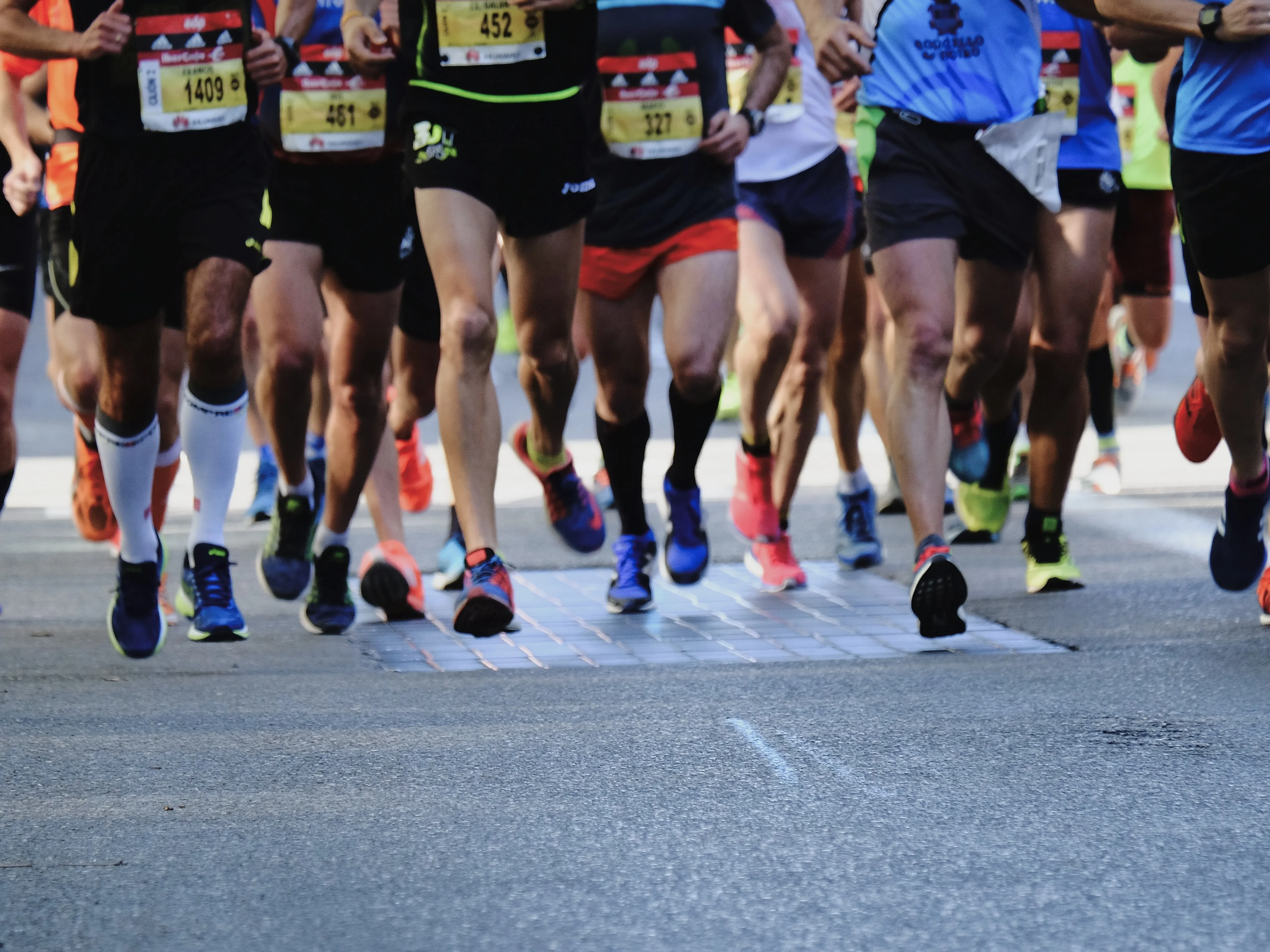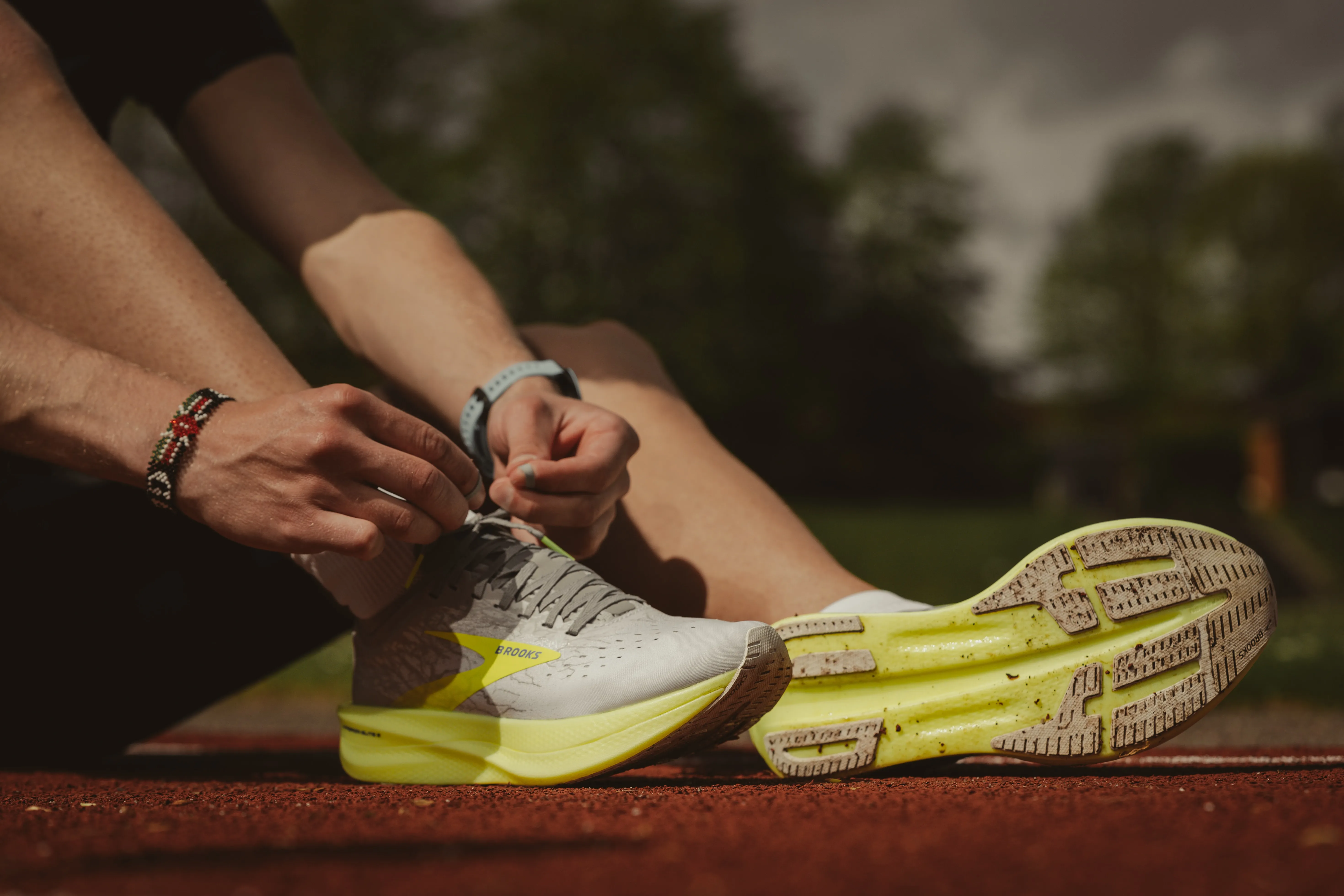
Whether you’re a seasoned runner or new to the sport, dealing with injuries is likely a part of your running experience. While certain injuries can’t be anticipated, understanding common running injuries can help you prepare and prevent them. In this article, we take a look at the top 10 common running injuries and offer advice on how to prevent them.

Stress Fracture
Stress fractures are tiny cracks in the bone caused by repetitive stress and overuse, such as repeated pounding on the pavement. Symptoms include aching pain in the foot, shin, hip, or thigh. It’s essential to rest the stress fracture to give it time to heal, and to gradually build up training intensity to avoid them.
Runner’s Knee
Runner’s knee, or patellofemoral pain syndrome (PFPS), is characterized by pain around the kneecap. It’s typically caused by overuse, foot problems, or weak thigh muscles. Strengthening your quadriceps and hip muscles, staying flexible, and wearing the right shoes can help prevent runner’s knee.
Achilles Tendonitis
Achilles tendonitis results in pain along the back of the leg near the heel. This condition is often caused by ramping up your exercises too quickly. To prevent it, ensure your training increases are gradual, and strengthen your calf muscles with exercises such as heel drops.
Plantar Fasciitis
Plantar Fasciitis is characterized by heel pain that’s worst in the morning. It’s caused by inflammation of the tissue running from your heel bone to your toes. Wearing supportive shoes, maintaining a healthy weight, and stretching your arches can reduce your risk.
Shin Splints
Shin splints, or medial tibial stress syndrome, result in pain along the inner edge of the shinbone. This condition is often boasted by swiftly increasing mileage or intensity of your workouts. Prevent shin splints by warming up before running, improving your form, and incorporating functional strengthening exercises into your routine.

IT Band Syndrome
The inflammation or tightness of the iliotibial (IT) band, a ligament running along the outside of the thigh, is known as IT band syndrome. It’s commonly caused by excessive downhill or track running. To prevent IT band issues, vary your running surface, increase mileage slowly, and regularly stretch and strengthen your hips and glutes.
Pulled Muscles
Pulled muscles often occur because the muscle has been overstretched, resulting in small tears within the muscle fibers. Pulled muscles can be avoided by staying hydrated, warming up before your run, and by not increasing your speed or distance too quickly.
Ankle Sprains
Ankle sprains occur when the foot twists or rolls, stretching or tearing the ligaments in the ankle. Prevent ankle sprains by running on flat surfaces, wearing supportive shoes, and performing balance exercises to strengthen your ankles.
Meniscus Tears
Meniscus tears are injuries to the cartilage in the knee, often caused by twisting or turning quickly. To avoid meniscus tears, don’t increase your mileage too quickly, run on softer surfaces, and strengthen your hips and thighs.
Blisters
Blisters are caused by friction between your foot and shoe, resulting in a small, fluid-filled sac on the skin. Avoid blisters by wearing moisture-wicking socks, properly fitting running shoes, and applying petroleum jelly to problem areas before your run.
Prevention is better than cure. By understanding the risks of these common running injuries, and how to avoid them, you can keep yourself on the track and out of the physiotherapist’s office. Remember, if you do get injured, don’t rush your recovery – your health is more important than your running routine.




